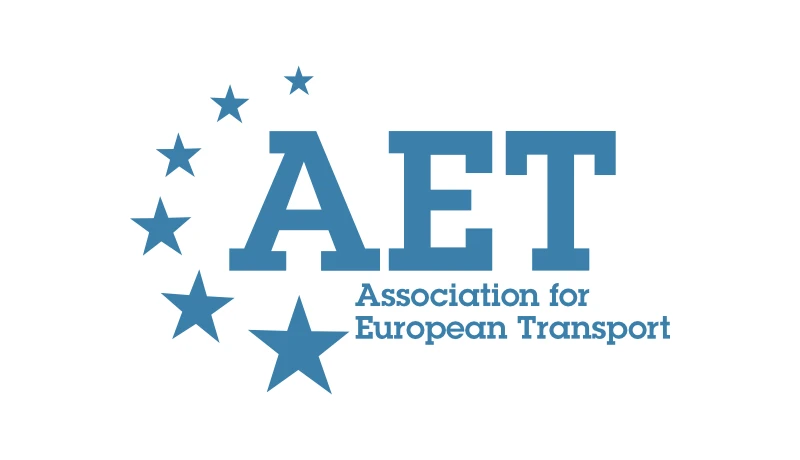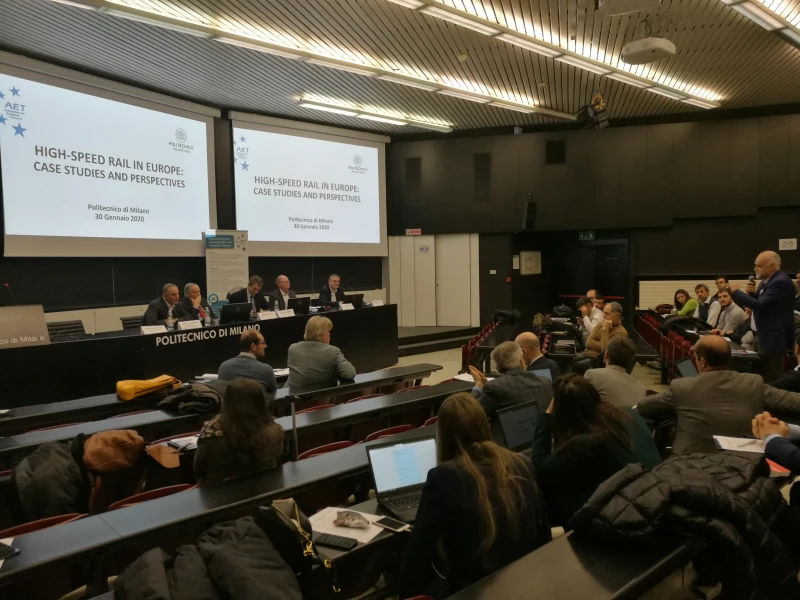-
Past ETC Papers
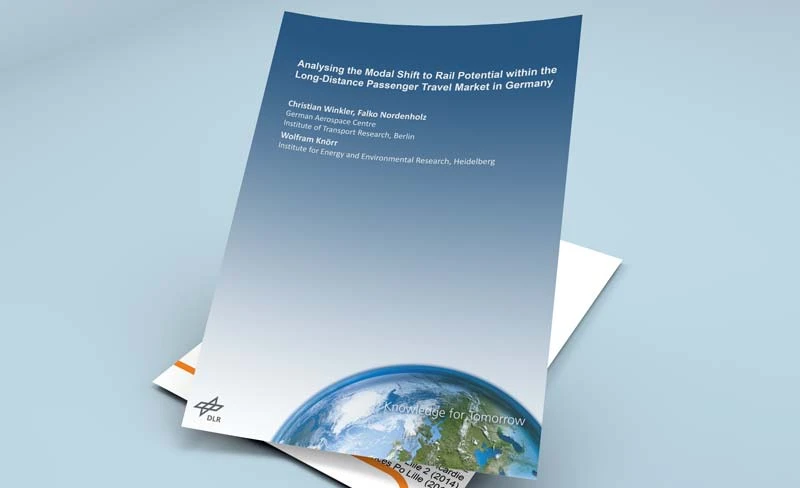
Browse, search and view papers from the past AET Conferences.
-
Members' Area

AET promotes networking and exchange of ideas, information and opportunities amongst members.
Conference Papers 2020
Online
ETC Conference Papers 2020
Travel demand, capability for carbon reduction and implications for vulnerability and excess travel.
Seminar
Day 2 (10 Sep 2020), Session 4, Questioning Demand, 10:00 - 12:00
Status
Accepted, documents submitted
Submitted by / Abstract owner
Ian Philips
Authors
Ian Philips
Claire Shadbolt
Short abstract
Due to the need for carbon reduction in transport, we simulate and visualise current emissions and local level capability to reduce transport demand and reduce carbon emissions in the context of vulnerability and excess travel
Abstract
There is a vital and urgent need for carbon reduction in the transport sector. Whilst decarbonisation technology, and smart systems can contribute to the solution, critical examination of the capability to reduce travel demand is also essential.
Emerging research in transport carbon reduction argues for deriving regional level transport carbon budgets from the best available climate models. For these budgets be translated into targets and action, there need to be indicators of local level demand and carbon emissions which can then be used to determine the level of demand reduction needed.
Whilst it is common to produce trip end models or synthetic populations for transport models, these estimates of demand usually are used merely as an input to a network model. Demand estimates are not questioned in terms of whether there is capability to reduce demand or whether a reduction in that demand would create vulnerability to social exclusion or whether reduction in demand would curb ‘excess travel’.
Small area indicators of demand by purpose, visualised in a way which is easy for non-technical policy makers to understand the (rather than being hidden as matrices deep inside a model) provide useful insights. Furthermore, it is possible using geo-demographic data and approaches from quantitative social science to contextualise demand in a way which gives indicators of the impact of demand reduction in terms of CO2 savings, vulnerability and curbing excess.
We carry out spatial micro-simulation (population synthesis) at the individual and household level. To avoid relying on out of date census data we apply microsimulation based population projections and make use of recent travel survey data. Using a nationally representative travel survey, we are able to generate a population for the whole of England (approximately 50 million individuals in 35,000 zones of mean 1500 residents). This spatial resolution allows comparison of areas within a city region, but also between city regions and importantly to the rural and peri-urban areas in between.
The results describe small area spatial patterns of the capability to lower transport emissions, contextualised by geodemographic data which indicates the potential for effects on a population’s vulnerability. We use a range of spatial data visualisation techniques to communicate demand to policy stakeholders.
We use open source software and libraries (in the R language) so that the simplifying assumptions of our population synthesis can be seen, and other analysts can comment on and contribute to adding nuance to the simulation, or develop populations for different European countries.
Programme committee
Planning for Sustainable Land Use and Transport
Topic
Climate change
Documents:
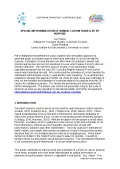
Association For
European Transport
Forester House
Doctors Lane
Henley-in-Arden
Warwickshire, UK
B95 5AW
+44 (0) 15 64 793552
VAT number: 710 1866 64
Conference Supporters & Endorsers

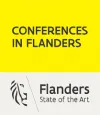


Legal Entity
The Association for European Transport is registered as an Association ('vereniging') with the Chamber of Commerce for Haaglanden in The Netherlands under company number 27170096.
Built on Zenario

